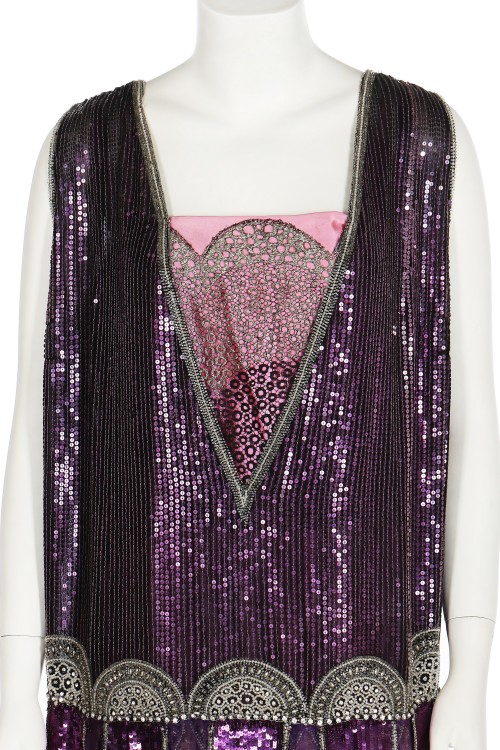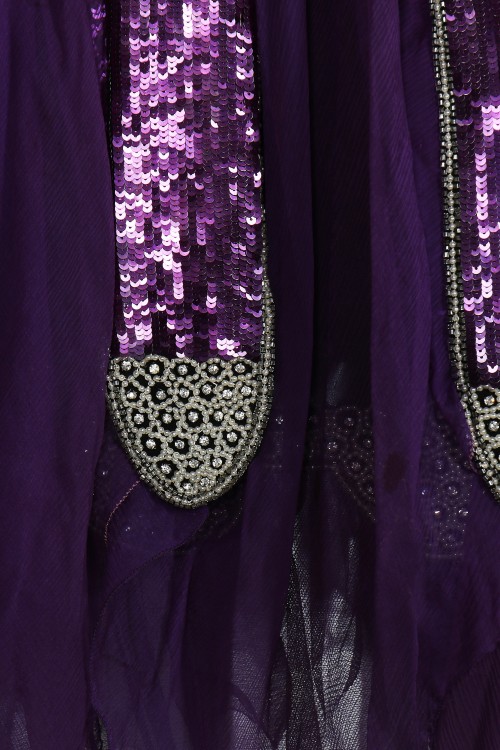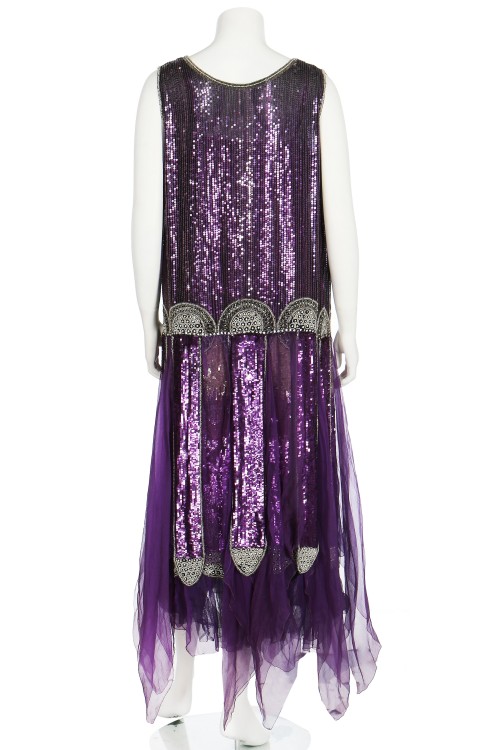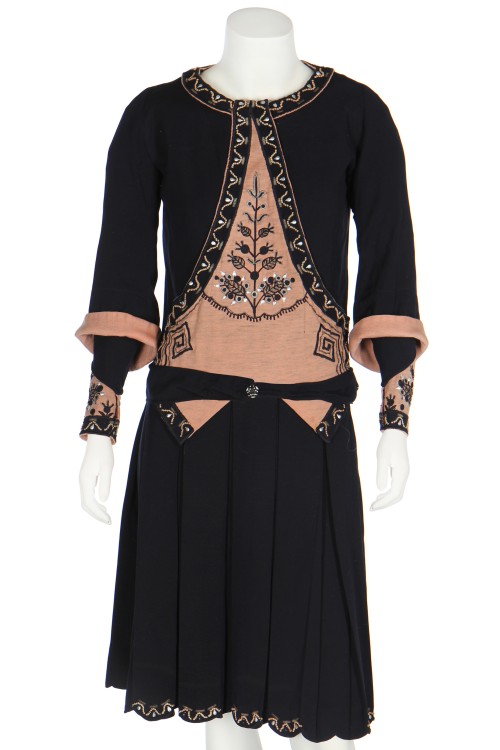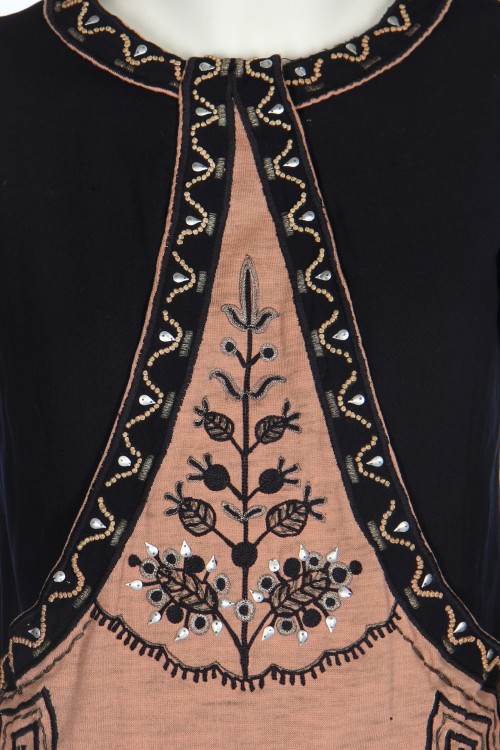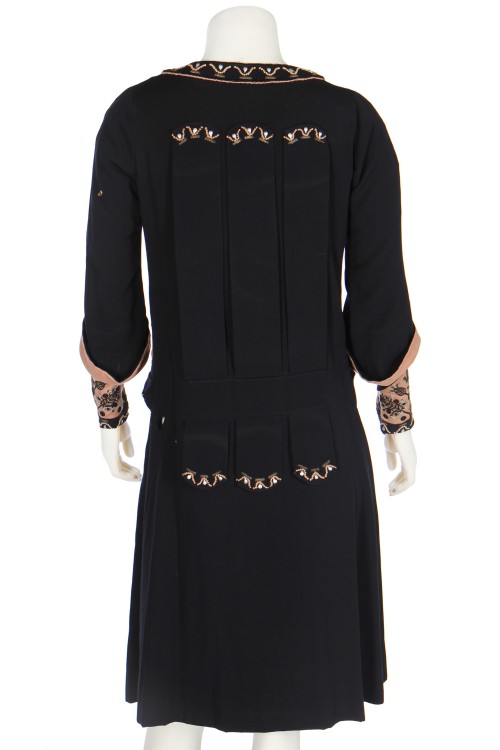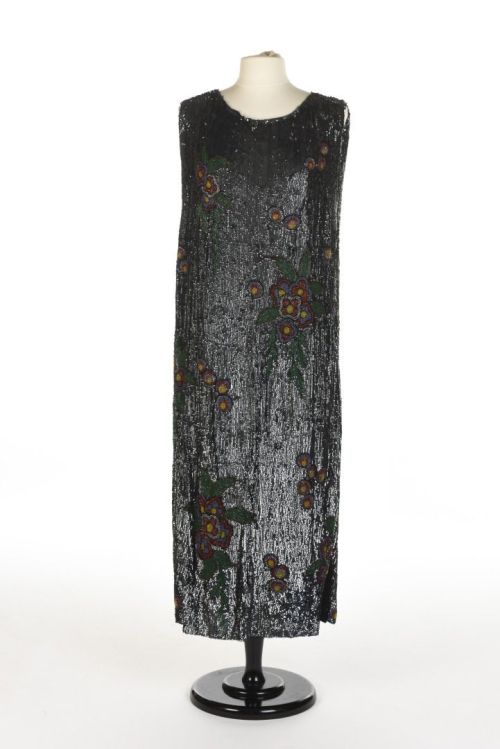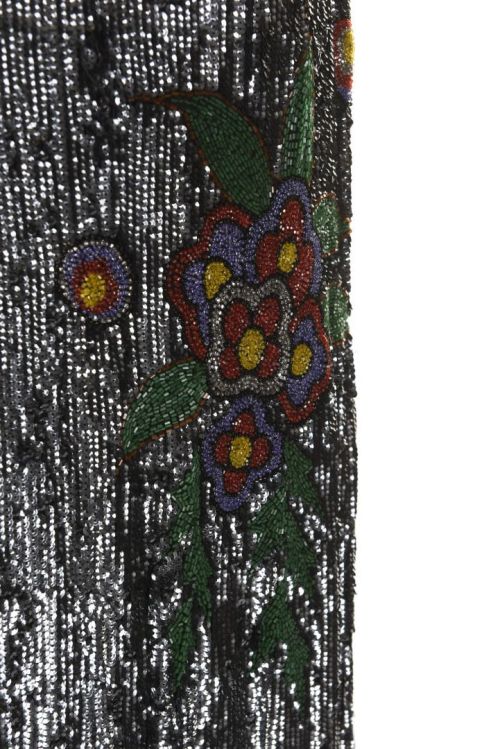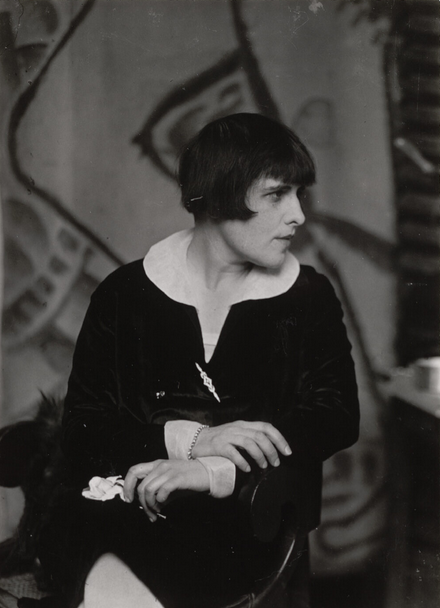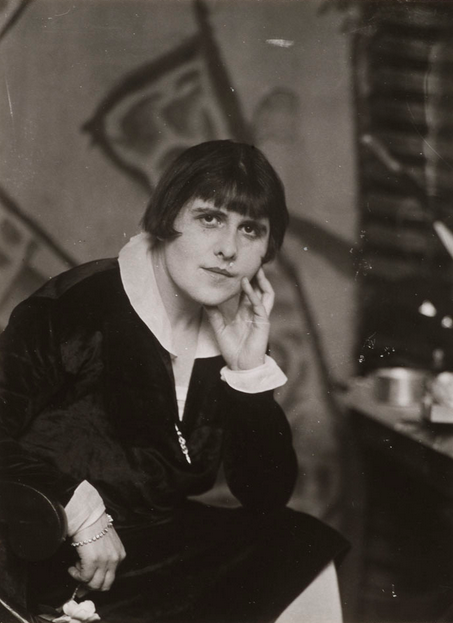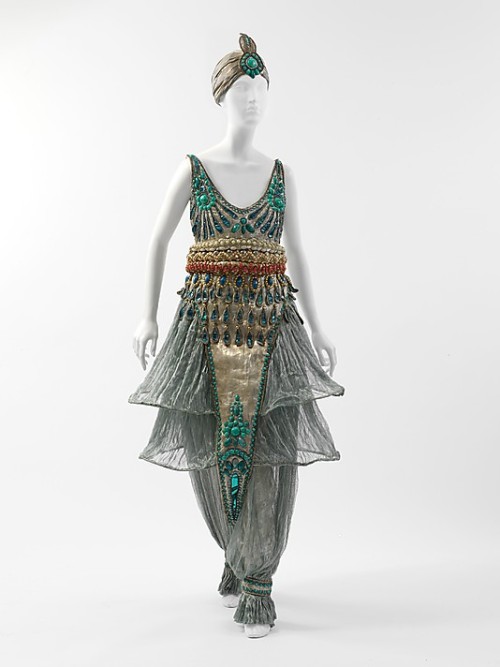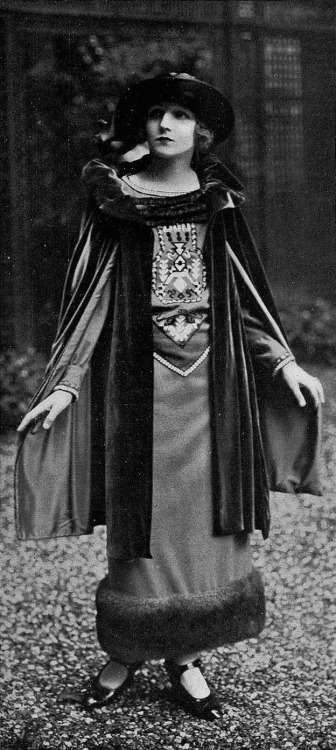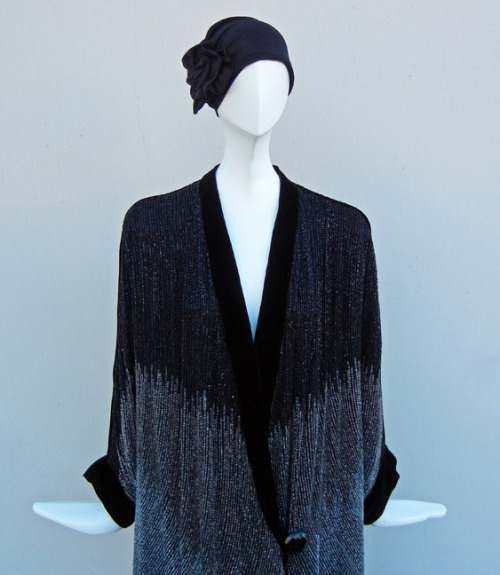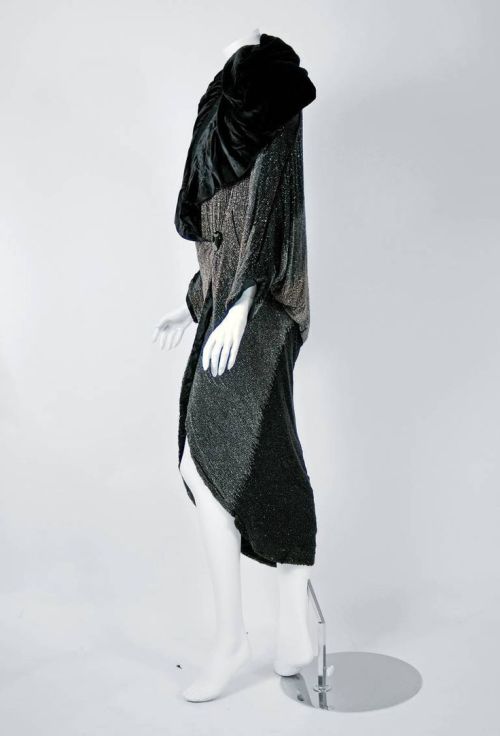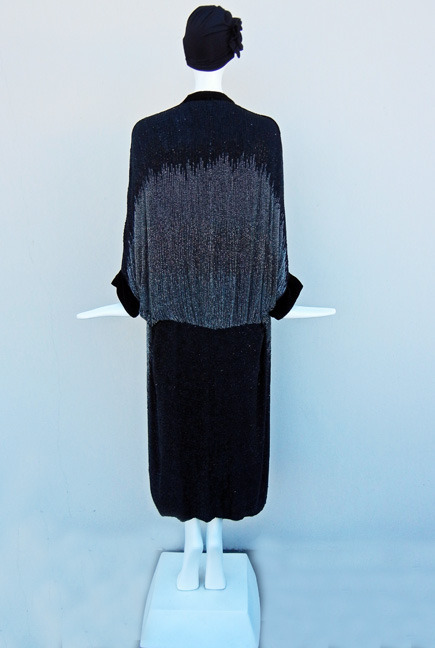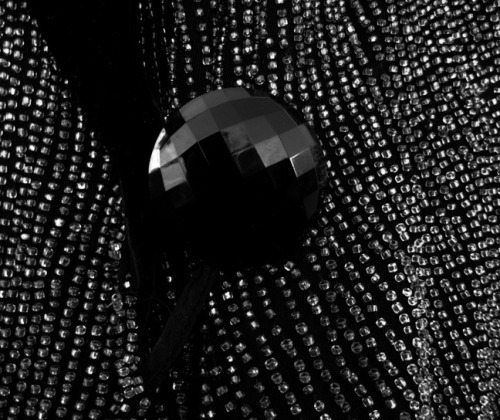#poiret
John Galliano for Dior | 1998⠀
——⠀
Galliano sought inspiration in the eccentric Italian socialite and patron of the arts, Marchesa Casati Stampa di Soncino, for his Spring/Summer 1998 Couture collection for Dior. This opera coat looks as if it was plucked straight out of Poiret’s atelier with it’s kimono silhouette and decadent nouveau embroidery and beading.
——⠀
#Dior #ChristianDior #Galliano #JohnGalliano #fashion #design #costume #glamour #decadence #90sfashion #couture #style #mode #moda #marchesacasati #poiret #artnouveau #velvet #history #fashionshow
https://www.instagram.com/p/B63oCGDgIB4/?igshid=1gayw9rf7tdx3
Post link
Rachel Leflers
photos by Berenice Abbott
I’ve no idea who this is, beyond a vague impression (given to me by Google) that she worked with Paul Poiret. Anyone wiser?
Post link
Marchesa Luisa Casati in a fountain dress made of wires and lights by couturier Paul Poiret, at the Beaumont Ball held by the Count Etienne de Beaumont in Paris, 1924.
The Beaumont Ball in Paris 1924 (an event with a guest list so selective that Gabrielle Coco Chanel was excluded for being too ‘trade’), was a homage to Pablo Picasso and theCubists. The dress made entirely from wires and lights, it was too wide for the entrance to Beaumont’s ballroom: the artist Christian Bérard, who witnessed Marchesa Luisa Casati attempting to squeeze through the doorway, reported that she collapsed like a “smashed zeppelin”. (x)
De Beaumont’s fêtes reached an apex in 1924 with the ballet series Soirées de Paris, which took place at the Théâtre de la Cigale in Montmartre from May 17 to June 30, 1924. An homage to the review of the same name by Guillaume Apollinaire, the series included the scandalous ballet Mercure, which featured music composed by Erik Satie, sets and costumes designed by Pablo Picasso, and choreography devised by Léonide Massine. (x)
Post link
Chez PoiretbyGeorge Barbier
France, 1912
Poiret was an Orientalist, drawing much influence from the art and design of the East, and favoring rich embellishment and embroideries. Further inspired by Leon Bakst’s extraordinary stage costumes for the Ballet Russes in 1910, he became enchanted with Russian, Near Eastern and Far Eastern costume ideas from which he borrowed, thereby introducing such exotic references to the haute couture. In 1910, he extensively studied the collections of Indian turbans at the Victoria & Albert museum. He soon made his own versions for his couture collection, and the turban quickly became an eveningwear staple and the ultimate luxe society accessory. From then on, it was (and remains) something of a signature for Poiret.
Post link
Fancy Dress CostumebyPaul Poiret
France, 1911
Early in the twentieth century Diaghilev’s Russian dance company, Ballets Russes, performed in Paris—reigniting the taste for orientalism in Europe with its exotic sets and costumes. As this ensemble illustrates, Poiret excelled in recontextualizing western dress with fantastical eastern influence. He was also a maverick modernist in creating a stir, taking promotion of his inventive ensembles to new levels with his infamous spectaculars. This fancy-dress ensemble was made for and worn to Poiret’s 1002nd Night party in 1911, which was designed and organized to promote his new creations in the full splendor and glamour of the orientalist trend.
Post link
Evening Coat
Paul Poiret
1924
Stunning cocoon evening coat of black georgette, hand beaded overall in lines of black beads switching to gray translucent beads with a geometric ragged edge formed at the color change. The coat has a velvet collar and edging at the aperture and velvet cord along the top of the shoulders extending down the full length of the arms. The dramatic dolman sleeves are emphasized by a careful placement of the beadwork pattern. The construction derives from draping techniques. The front falls from the shoulders and sweeps into a cutaway closure to attach at the lowered waist seam in the back. The coat has tremendous graphic impact with the beadwork shimmering and moving as the light hits the garment. Fully lined and faced with black silk.
Details of this coat published on full page (page 195) in the book, “Poiret: Paul Poiret 1879-1944”, by Yvonne Deslandres.
In addition, its draped construction with the minimal number of pattern pieces is typical of Poiret’s design techniques. The coat’s opulence and dramatic impact are hallmarks of Poiret’s style. Early in his career, he used the cocoon shape, which was inspired by traditional Japanese clothing.
This coat is a great example of the style which became known as Art Deco. The functional aspects of the design construction creates the geometric surface pattern of the beadwork and though minimal in form, the sculptural impact is dramatic and graphic in the round because of the graphics.
Post link



